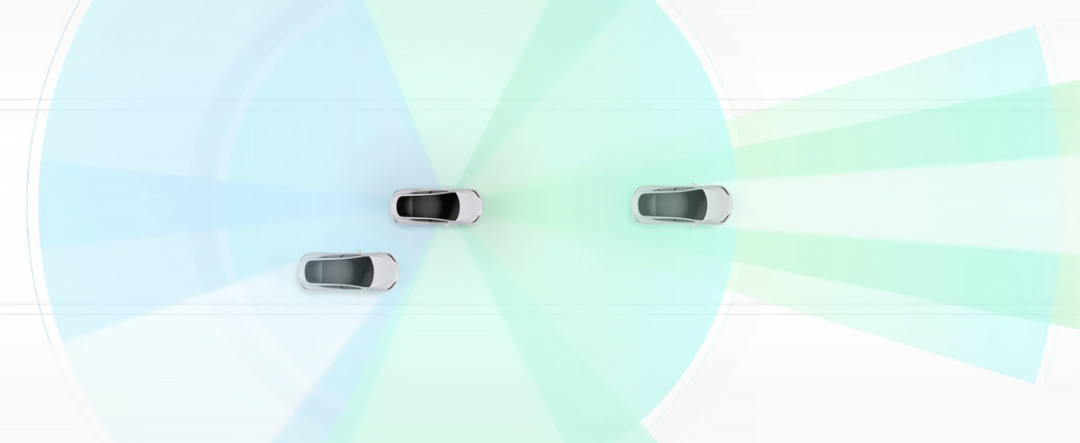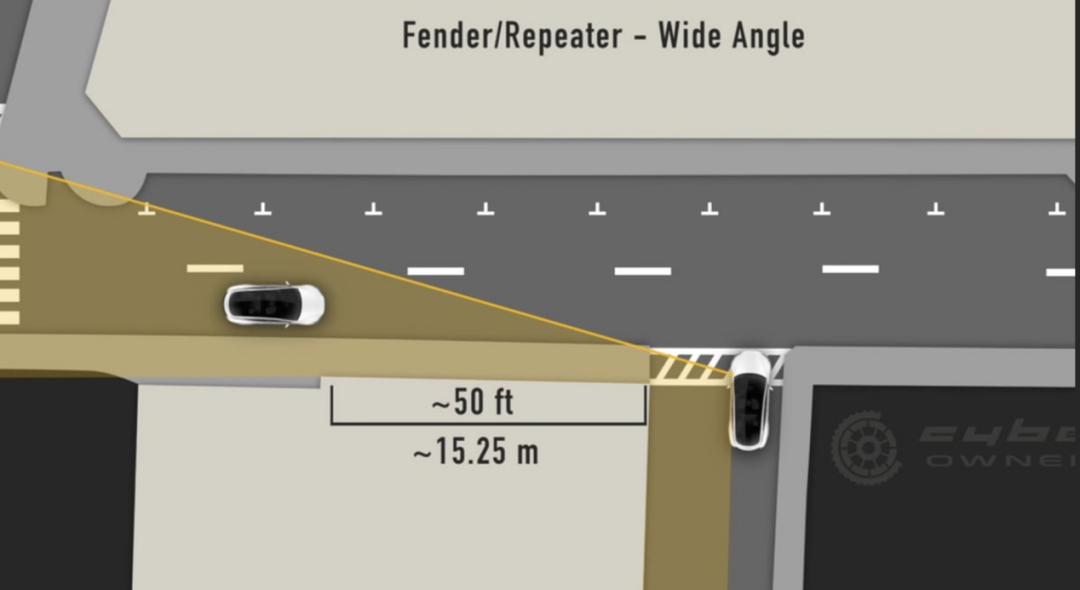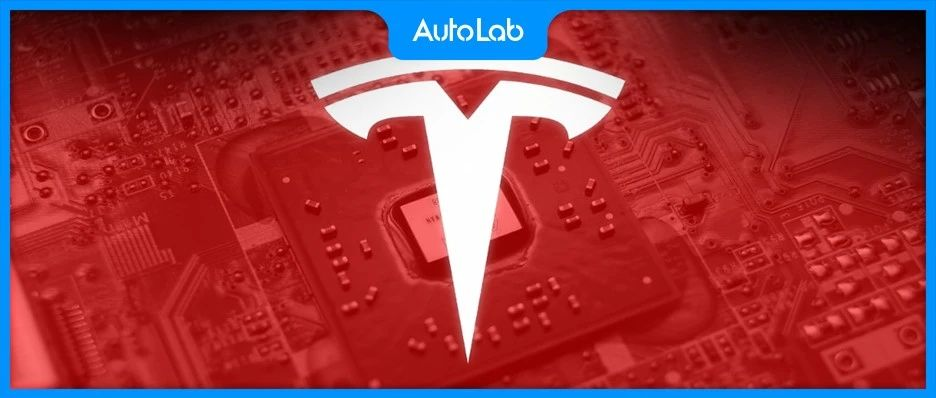About Tesla’s upcoming FSD Hardware 4.0
The news about Tesla’s upcoming FSD Hardware 4.0 (HW 4.0) has been gaining momentum, and Musk previously revealed the plan to launch it this year during the Q2 2022 earnings call.
Although specific parameters of the HW 4.0 chip have not been exposed yet, some associated hardware has been leaked.
Overall, the brand new HW 4.0 not only possesses a more powerful chip, but also has changes in camera resolution, quantity and location. Additionally, HW 4.0 is expected to include a new millimeter-wave radar sensor.

Upgrade of the brand new HW 4.0 chip
In the HW 1.0 era, Tesla was still using Mobileye’s EyeQ chip series for its FSD computation. Back then, assisted driving was still in the Autopilot stage.
In the HW 2.0 era, Tesla changed its assisted driving computation chip to Nvidia’s Drive PX2. However, in 2017, Tesla’s FSD hardware entered the HW 2.5 era after adding a Tegra Parker chip to the assisted driving computing platform.
In 2019, Tesla released its FSD hardware HW 3.0, which has been in use until today. The HW 3.0 chip was fully self-developed by Tesla, and had 144 TOPS of total computing power, which greatly exceeded other players at that time.
Now with HW 4.0, its performance is estimated to be 2-4 times that of HW 3.0. Its internal CPU core has increased from 12 to 20, with a maximum frequency of 2.35 GHz. The number of TRIP cores has increased from 2 to 3, with a maximum value of 2.2 GHz. Currently, the HW 3.0 chip has a frequency of 2GHz.Just like HW 3.0, HW 4.0 also provides the same redundancy design. In the HW 3.0 era, Tesla used two 72TOPS computing chips, one of which was a backup. However, with the increase in Tesla’s FSD data processing requirements, both computing chips of the HW 3.0 era began to participate in data processing, and the original redundancy design disappeared. In HW 4.0, according to the currently leaked information, Tesla should also adopt a redundant design with the same dual FSD chips.
As for the camera part, the most obvious external change is that the three cameras at the front of the Tesla windshield will be reduced to two, but the number of cameras around the vehicle will increase from 9 to 12 (including spares), the layout of the cameras will change slightly, and the camera performance will also be improved. Currently, in the Tesla HW 3.0 hardware system, there are three front cameras among the nine cameras, which are located below the windshield, two on the fenders, two on the B-pillars, one at the rear, and one for the cabin camera. The three independent cameras located at the front windshield of the Tesla serve as wide-angle, standard, and narrow-view lenses, respectively, with a resolution of 1280×960 or about 1.2 million pixels for each camera. However, since the new camera’s sensor pixel has been greatly upgraded to support a higher resolution of 2896×1876 and 5.4 million pixels, the new camera is said to be IMX490 released by Sony last year on the HW 4.0 hardware system.
With stronger performance and higher pixel count, the third long-focus lens in the front windshield position of Tesla seems less necessary now. Based on the displayed pictures, the number of cameras here has been reduced from three to two.
The new cameras also support HDR shooting in 10-bit and 40 FPS, which can provide better contrast and richer colors. Moreover, the new cameras will also support LED flicker relief.

Normally, camera sensors may not accurately capture LED light signals. However, since LEDs are widely used in some road traffic signal signs and traffic lights, this new feature will make it easier for Tesla FSD to interpret these traffic signals.
With the improvement of camera performance, the power consumption has correspondingly increased, so a fan cooling device has been added near the front camera position, and a heating device has been added to the camera position on the B pillar.
However, according to some information, Tesla seems to be repositioning some camera positions. For example, the B-pillar camera used for forward vision may be moved to the mudguard of the vehicle.

Lastly, where will the additional 3 cameras in the HW 4.0 hardware system be placed? According to external sources, these 3 cameras seem to be placed in the front bumper position of the vehicle, which can play a role similar to angle radar, particularly in narrow road intersections.
Radar is Back?
Around 2021, Tesla began removing the millimeter-wave radar from its vehicle models and began using pure visual systems. However, Tesla will now introduce millimeter-wave radar again in the HW 4.0 hardware system.
Previously, foreign netizens found a component on Tesla’s parts catalog that was unidentified but extremely similar to a radar.

Elon Musk later tweeted that “only very high-resolution radar makes sense.” This means that not all radars are necessarily excluded.
In the upcoming HW 4.0 hardware system, Tesla will not only equip a high-resolution millimeter-wave radar (possibly a high-precision 4D millimeter-wave radar) but also add a heater for the radar to prevent the snow and ice weather’s impact on the radar signal.
With the new high-resolution radar sensor, a newer, higher pixel count camera sensor, and a more powerful computing platform, the Tesla FSD experience will undoubtedly take another step forward.
Which Tesla product will be updated first?
According to foreign information, Tesla is currently producing Model S and Model X vehicles with HW 4.0 hardware systems, but they have not been delivered yet.

Currently, the documents submitted by Tesla to the European regulatory agency show that Tesla is also adding Hardware 4.0 chips to Model S and Model X.
However, in the full-year 2022 earnings conference call, Musk previously announced that Hardware 4.0 would be launched in 2023, with the first launch being in the Cyberpunk Pickup Truck (Cybertruck).
Currently, Tesla has just suspended some of its production at its Shanghai factory, and rumors are that the factory is being upgraded and transformed to launch the updated Model 3. This is also likely to prepare for the updated HW 4.0 hardware system. AutoLab has consulted Tesla related personnel, and there has been no definite reply yet.
 ## Can existing users upgrade?
## Can existing users upgrade?
The last question is probably the most concerning for everyone. Can existing users upgrade? The answer is no.
During the era of Tesla’s HW2.5 hardware, domestic Model 3 could upgrade to HW3.0, but upgrading from HW3.0 to HW4.0 hardware system is basically impossible.
This is because HW4.0 is not only a faster computing platform, but also consumes much higher power than HW3.0, and has a completely different size and shape.

In addition, Tesla’s previous FSD hardware upgrades were either sensor upgrades or computing chip upgrades, both of which were easily replaceable. However, this time, the HW4.0 hardware system not only has a different computing chip, but also includes new cameras, different camera positions, and radar sensors. It is easy to imagine the difficulty of this upgrade.
So for friends who want to experience Tesla HW4.0, you can only buy a new car.
This article is a translation by ChatGPT of a Chinese report from 42HOW. If you have any questions about it, please email bd@42how.com.
